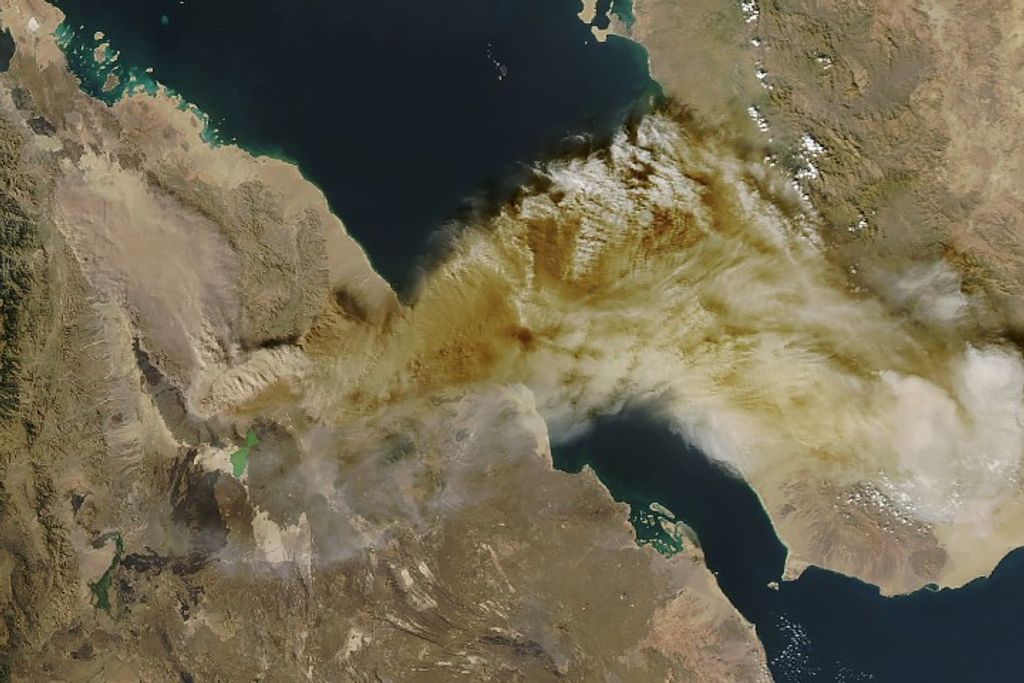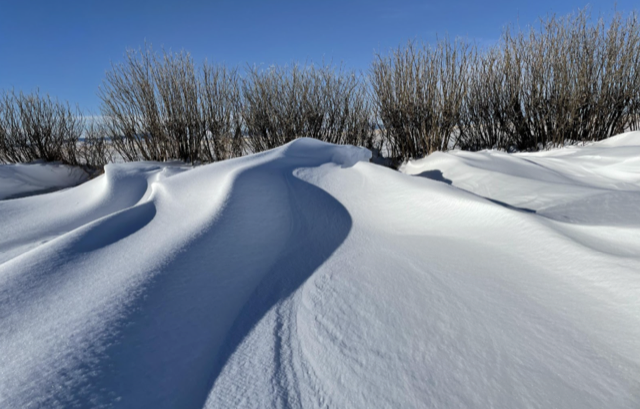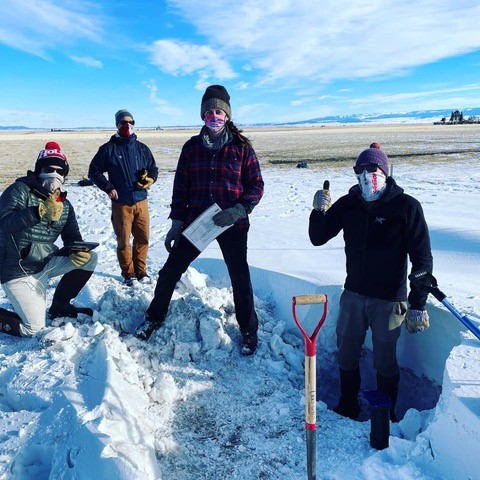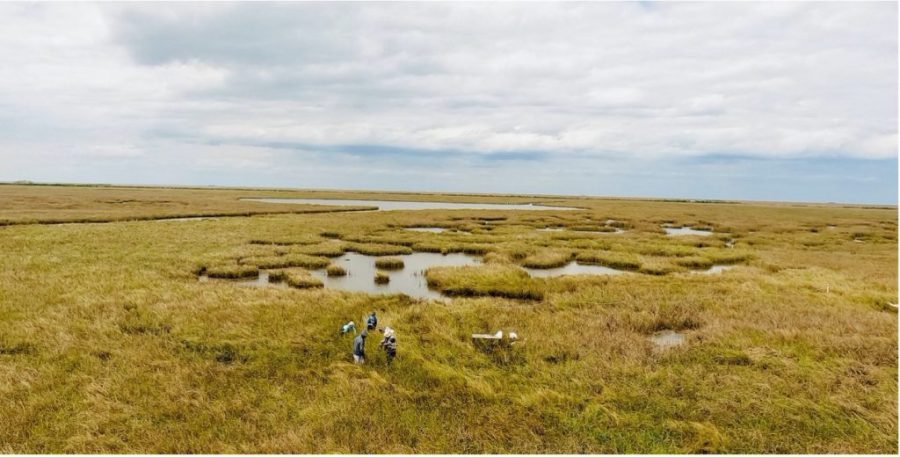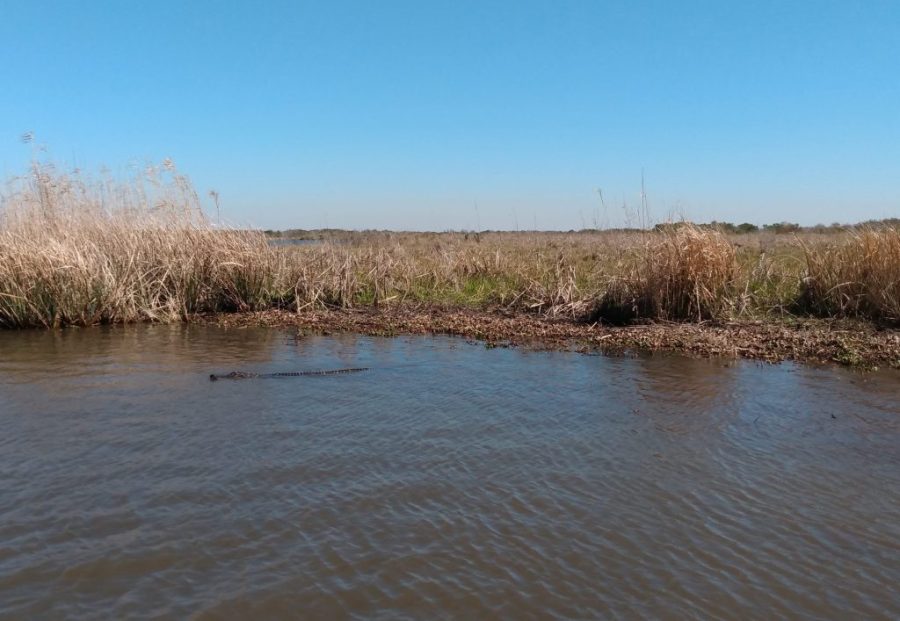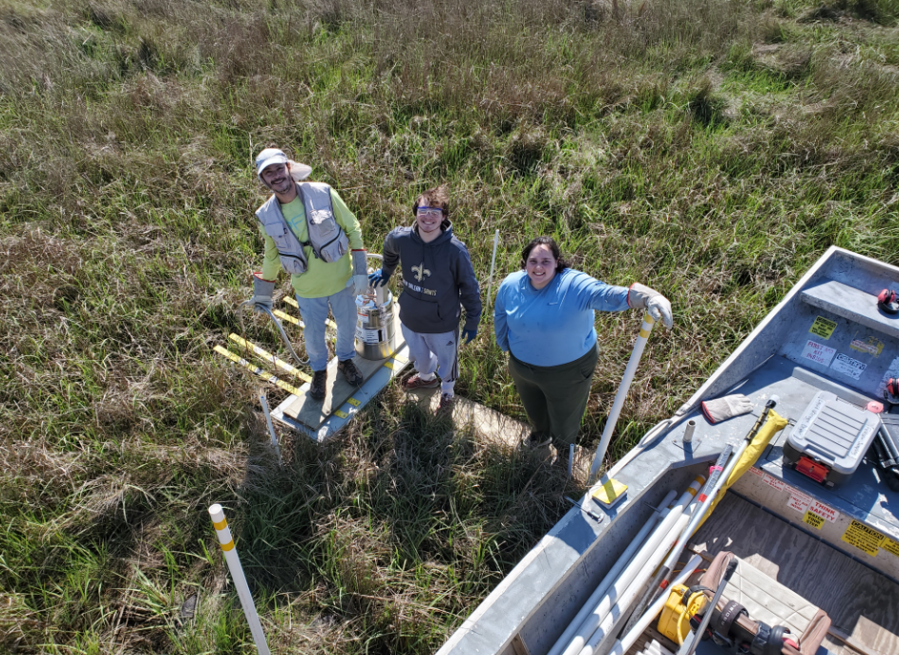By Zachary K. Erickson, NASA Goddard Space Flight Center / GREENBELT, MARYLAND / The ocean is full of eddies – swirling water masses that are the ocean equivalent of hurricanes. In comparison with their atmospheric counterparts, eddies are smaller, longer-lived, and far more numerous: at any given moment, well over 1,000 eddies exist throughout the …
The Hunt for the Right Eddy










